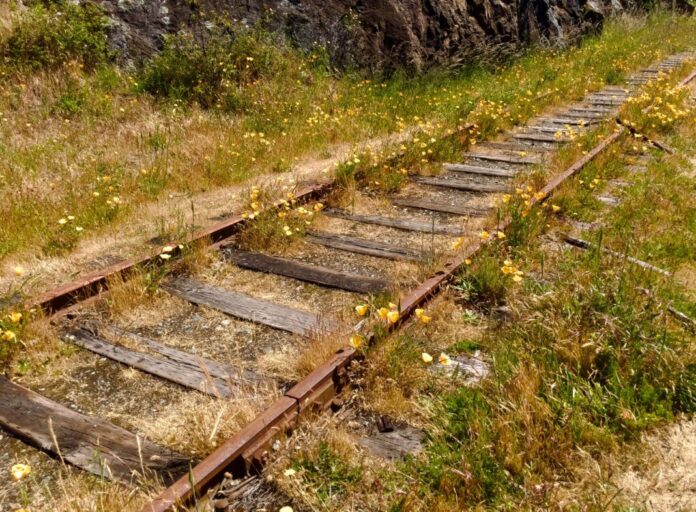A section of the Island Rail Corridor will be returned to the Snaw-Naw-As First Nation after 18 months of consideration.
That’s from federal minister of transport Omar Alghabra and B.C. minister of transportation and infrastructure Rob Fleming.
It was announced in a joint statement Tuesday after the B.C. Court of Appeal asked the federal government in September 2021 to decide by March 14, 2023 on “restoring the railway corridor or allowing a segment of lands to vest in Canada for the use and benefit of the Snaw-Naw-As First Nation.”
Fleming and Alghabra said in the statement that the decision will help move the corridor forward.
“In support of our shared ongoing commitments to reconciliation, our governments have decided that reversion of the land bisecting the Snaw-Naw-As First Nation reserve is the first step in the process of developing a shared vision for the future of the corridor with First Nations,” read the statement.
While they say there were many voices in favour of restoring the rail infrastructure and reasons such as population growth and critical infrastructure risks, First Nations living along the corridor raised concerns at the same time about the impact of restored rail service would have on their communities.
They add this does not mean the railway will not go ahead in the future.
“As a result, we will begin a formal engagement process with affected First Nations on the next steps of the corridor for the mutual benefit of the province and First Nations,” said Alghabra and Fleming.
“A partnership-driven approach represents the best way for moving forward together and achieving a collective vision for the corridor that benefits everyone.”
In a statement this morning, Fleming announced $18 million to support First Nations and regional districts affected by the corridor.
“What this is for is to continue some of the very productive discussions we’ve had during the last 14 months of engagement with First Nations, with regional districts, with commercial freight interests and other economic players,” said Fleming.
“It’s important for us as we look to the future of Vancouver Island to look at recent events and its impact on the Trans Canada Highway and its impact over the Malahat, we know that commercial traffic and capacity of the highway is not infinite.”
Fleming references recent weather events and population growth that have hit the island, adding this could be a potential solution heading forward.
The corridor is not owned by province, according to Fleming. Around four per cent runs through First Nations reserves, with the other 96 per cent under the management of the Island Corridor Foundation.
Fleming says he hopes the federal government sees the project’s importance and wants to continue differently.
“In the old days, these lands were forcibly taken from federally established reserve lands, the nations had no part in rail in terms of its benefits economically,” said Fleming.
“That’s not the way we do business in the 21st century and it certainly doesn’t align with the values that both the Government of Canada and British Columbia have around reconciliation.”
With files from Ridley Wilson, MyCoastNow




